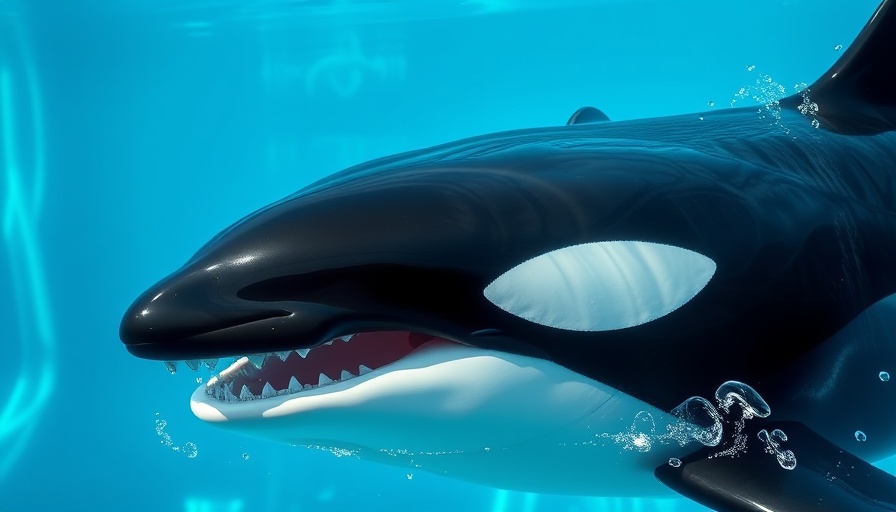
Why Marine Mammals Deserve Better
Last month, a monumental shift echoed through the coastal waters of Mexico. Lawmakers there have made a powerful statement by passing stringent legislation aimed at banning the captivity of marine mammals. This landmark decision underscores a growing awareness that the rights of aquatic creatures should be placed at the forefront of wildlife protection. It's a hopeful signal not only for the animals themselves but also for advocates across North America pushing for similar changes in the United States.
Canada’s Lead on Compassionate Legislation
Following in Mexico's footsteps, Canada has also taken steps to ensure the safety and well-being of marine life. In recent years, Canadian lawmakers enacted a ban on the captivity of dolphins, whales, and porpoises for entertainment purposes. This legislative trend is resonating across the region, as more citizens and governments demand action to shield wildlife from exploitation and harsh conditions.
Understanding the Impact of Captivity
The lives of marine mammals in captivity are marked by confinement and distress, often resulting in psychological trauma. From dolphins reduced to performing tricks for entertainment to orcas swimming in circles, the emotional toll on these intelligent creatures is harrowing. By moving away from traditional marine parks and entertainment models, we can pave the path for more humane solutions, like oceanic sanctuaries, where these animals can thrive.
Action Needed: A Call for Support
As citizens of the United States observe these transformative moves by neighboring countries, it's essential to keep the momentum going. A petition urging Congress to advocate for similar laws is a critical step. Not only would legislation ban the use of marine mammals in entertainment, but it would also prevent any future breeding of these animals in captivity. The ultimate goal is to return as many of these creatures to the wild as possible, allowing them the chance to live free and healthy lives.
Local Connections and Global Responsibilities
For our community in the high desert, the issue of marine mammal captivity might feel distant, yet it's profoundly connected. Many of us enjoy frequent visits to aquariums and marine parks that showcase these remarkable beings. However, understanding the message behind these legislative moves is crucial. It’s a call to engage with wildlife ethically and ensure that our enjoyment of marine life does not come at a cost to their welfare.
Join the Movement: Sign the Petition
It's time for us to join the chorus calling for change. By signing the petition to ban marine mammal captivity in the U.S., you are not just lending your voice; you're becoming a part of a broader movement advocating for animal rights and conservation. Every signature counts, enabling us to demonstrate a united front demanding respect for these magnificent creatures.
With over 350 dolphins currently held captive in Mexico, the urgency for change is apparent. These intelligent beings deserve more than to be confined; they deserve our protection and advocacy. Sign the petition today and be the change our marine life needs!
 Add Row
Add Row  Add
Add 




Write A Comment